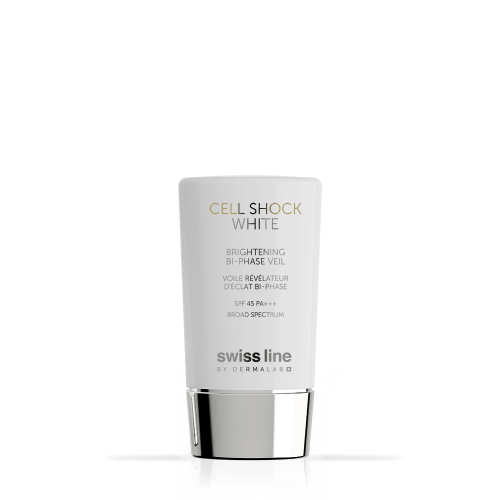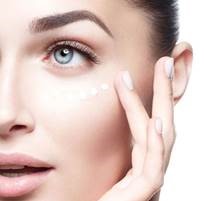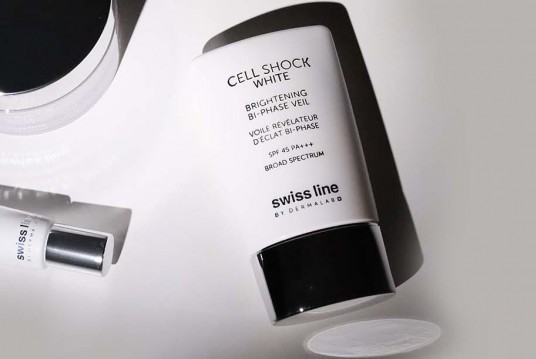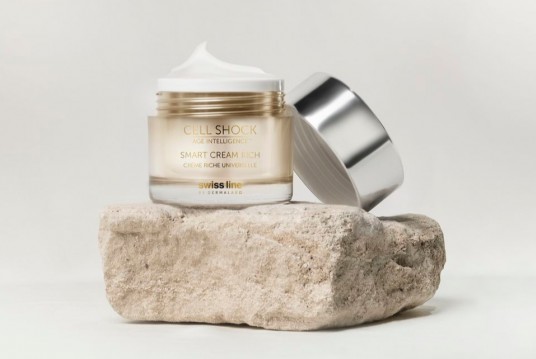No products

How to select sunscreen and how much to apply
We all know sunscreen is a health and beauty must. Afterall, 90% of aging is attributable to the sun’s UV rays. But, some of us - not looking at you! - still aren’t wearing it on a daily basis. You don’t need to be at the beach to necessitate sunscreen… the sun’s rays are out every day, everywhere. Here's how to select the best sunscreen for your skin and how much to apply to ensure full protection.
London-based Facial Aesthetics & Ocuplastic Surgeon, Dr Maryam Zamani explains: “Sunscreen is an essential protection from the harmful UV radiation that contributes to DNA damage. This can manifest itself in the form of skin cancers and photo ageing signs, such as pigmentation, lines and wrinkles. I prefer SPF that have double filters: physical and chemical SPF to ensure a more complete coverage.”
HOW TO SELECT SUNSCREEN
Although there is a virtual sea of sunscreens out there, you just need to be on the lookout for two things:
1. A minimum of SPF 30
The SPF number refers to the length of time you can stay in the sun without getting burned when wearing the sunscreen versus when not wearing it.
2. Broad-spectrum protection
To be classified as a broad-spectrum sunscreen, the formula must absorb or reflect at least 90% of the UV-A and UV-B rays. So, it needs chemical filters which absorb UV radiation before they penetrate the skin and/or mineral (physical) filters which reflect UV radiation away from the skin.
HOW MUCH TO APPLY: FACE
Applying a sunscreen once a day to your face isn’t enough. And applying less than 1/4 teaspoon of sunscreen to your face is also not enough. Enter… the new sunscreen trend... Double SPF!
Just as double cleansing involves washing your face with two different cleansers – an oil-based one, followed by a water-based one, double SPF involves using two times the same sunscreen or, even better, different sunscreens with different formulations.
Mix a lightweight sunscreen into your moisturizer.
Then liberally apply second layer of sunscreen after the moisturizer.
Add a few drops of the SPF into your moisturizer by mixing them together in the palm of the hand prior to application.
We recommend Bi-Phase Veil SPF 45 PA+++. This feather-light formula offers advanced mineral and probiotic UVA/UVB protection.
CELL SHOCK WHITE Bi-Phase Veil SPF 45 PA+++
WHAT ABOUT THE EYES?
Some of us – again not looking at you! – neglect to apply an opthalmologically-tested SPF to the eye zone area. Don’t make that mistake.
New York City-based optometrist, Dr. Jennifer Tsai explains: "The skin around our eyes is one of the most delicate areas. It is most susceptible to UV damage, pigmentation, and wrinkles, which is why it's important to apply SPF daily. I recommend a minimum of SPF 50. "
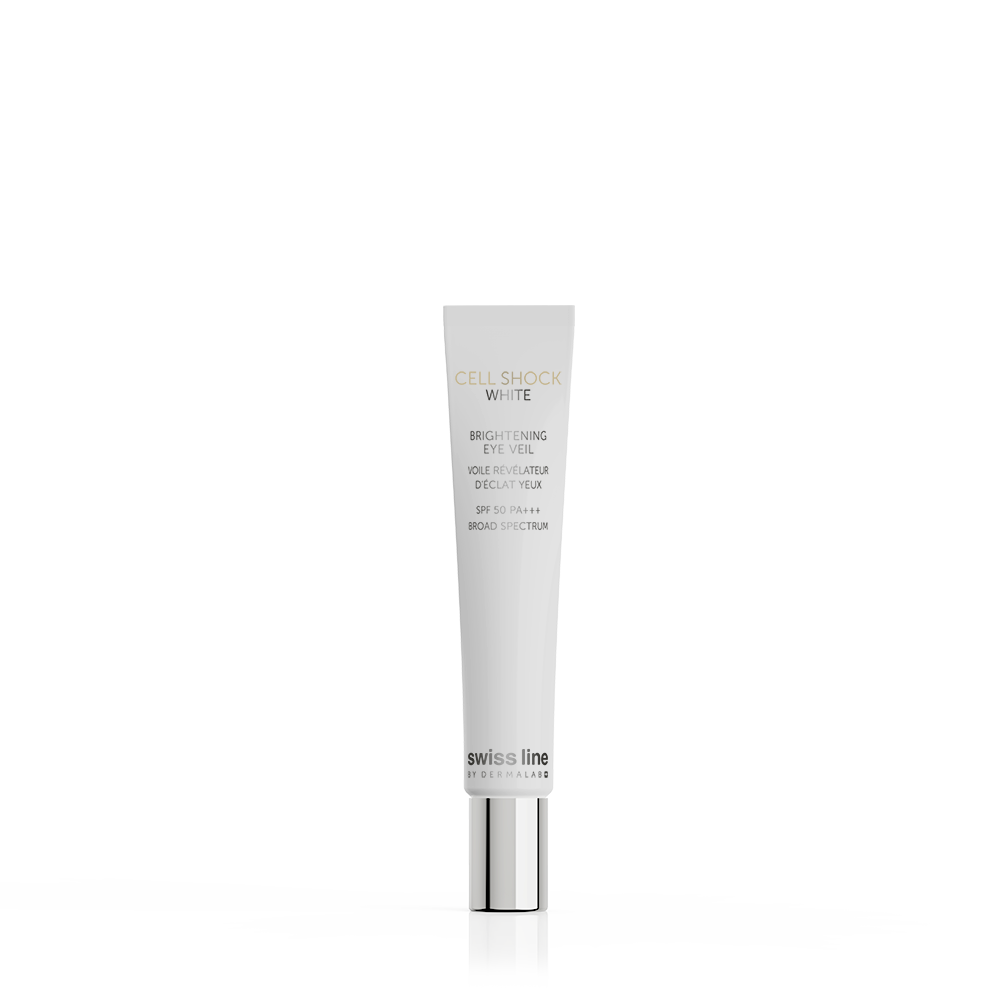
CELL SHOCK WHITE Brightening Eye Veil SPF 50 PA+++
After applying an eye cream, we recommend Brightening Eye Veil SPF 50 PA+++, a broad-spectrum formula with chemical and mineral filters, as well as antioxidants, anti-inflammatories and brighteners!
Browse our SPF products below and learn more about SPF here.
Ready to love your skin?
Get started with these
-
Anti-Aging
Brightening Bi-Phase Veil SPF 45 PA+++
CELL SHOCK WHITEBROAD SPECTRUM - PROBIOTIC FORMULA - ANTI-POLLUTION - VITAMIN E A feather-light veil that offers advanced mineral and probiotic UVA/UVB protection with antioxidant and anti-pollution action. The broad spectrum urban formula contains antioxidants, anti-pollution agents and vitamin E to combat dryness. Light enough to be mixed into foundation or CC...
160.00 USDIn Stock Feather-light UVA/UVB Urban Protection - All Skin Types
 Add signature gift box +
Add signature gift box +



